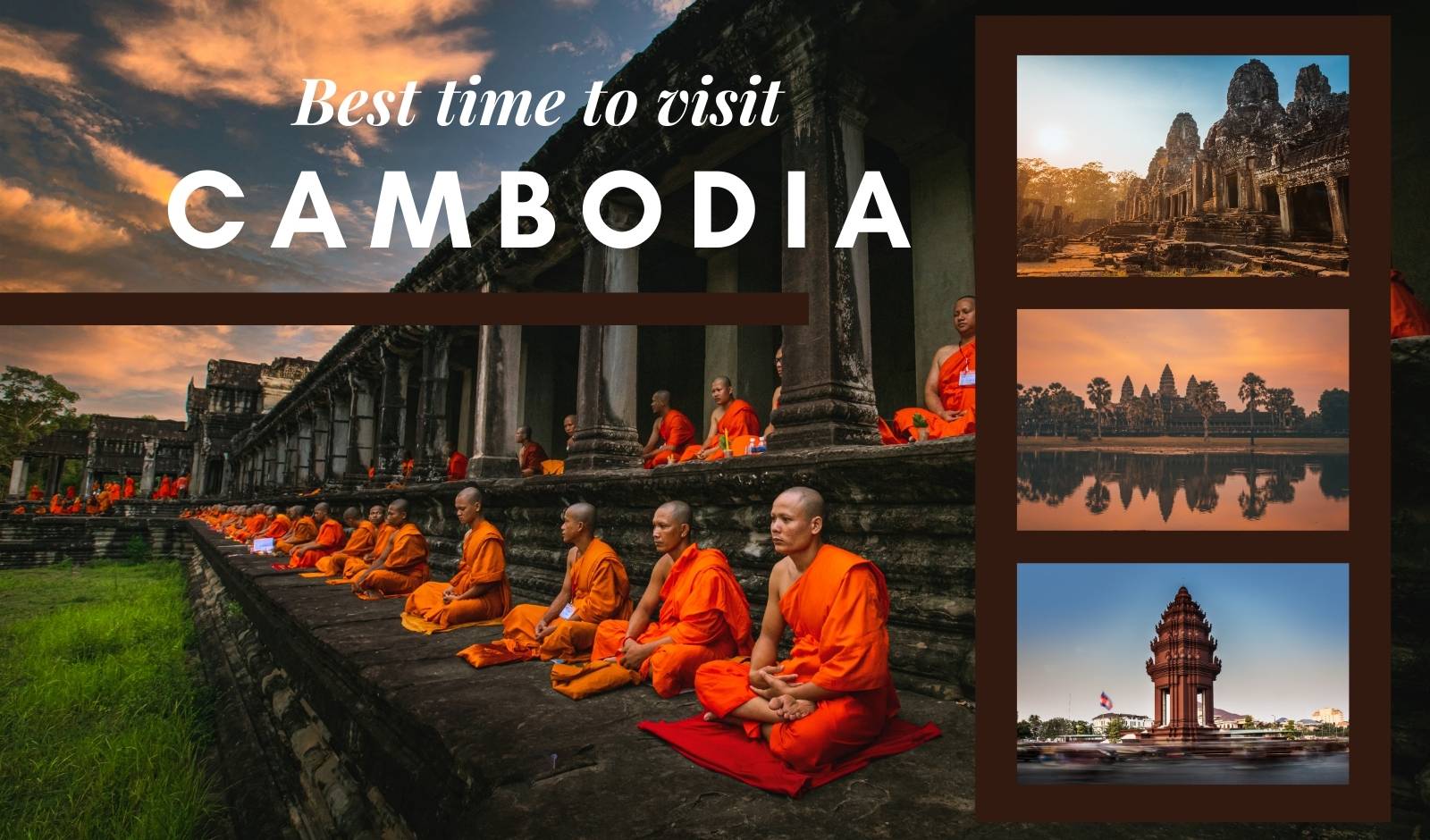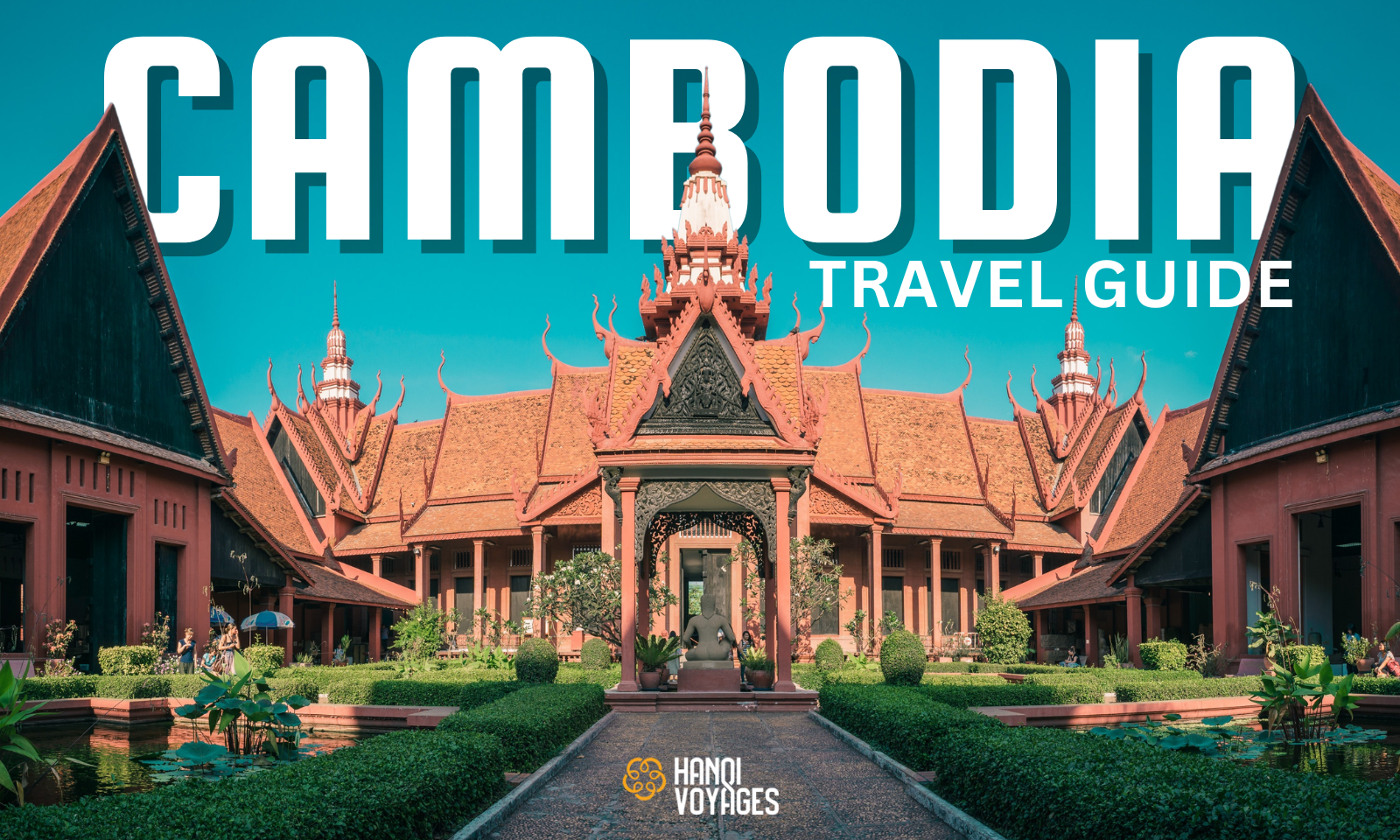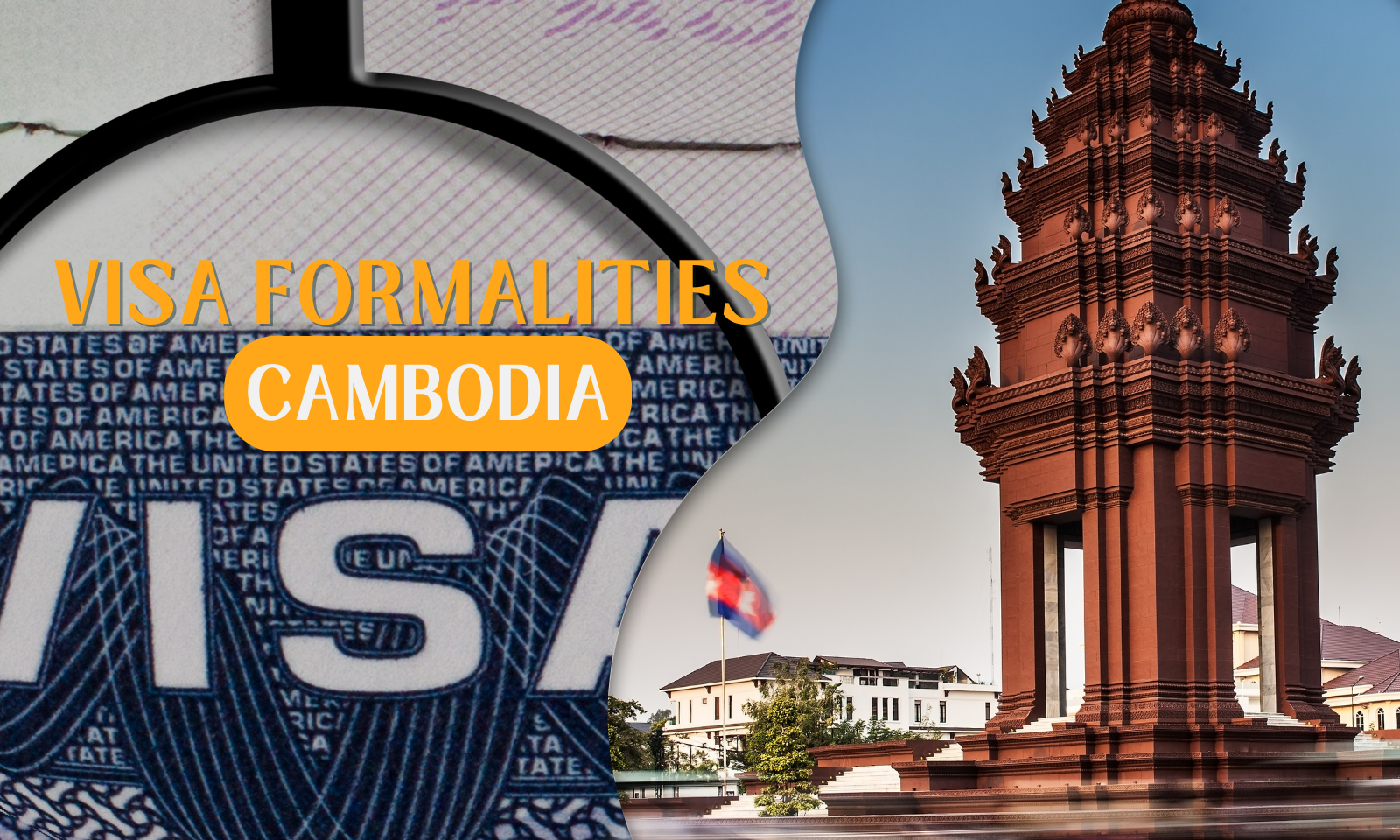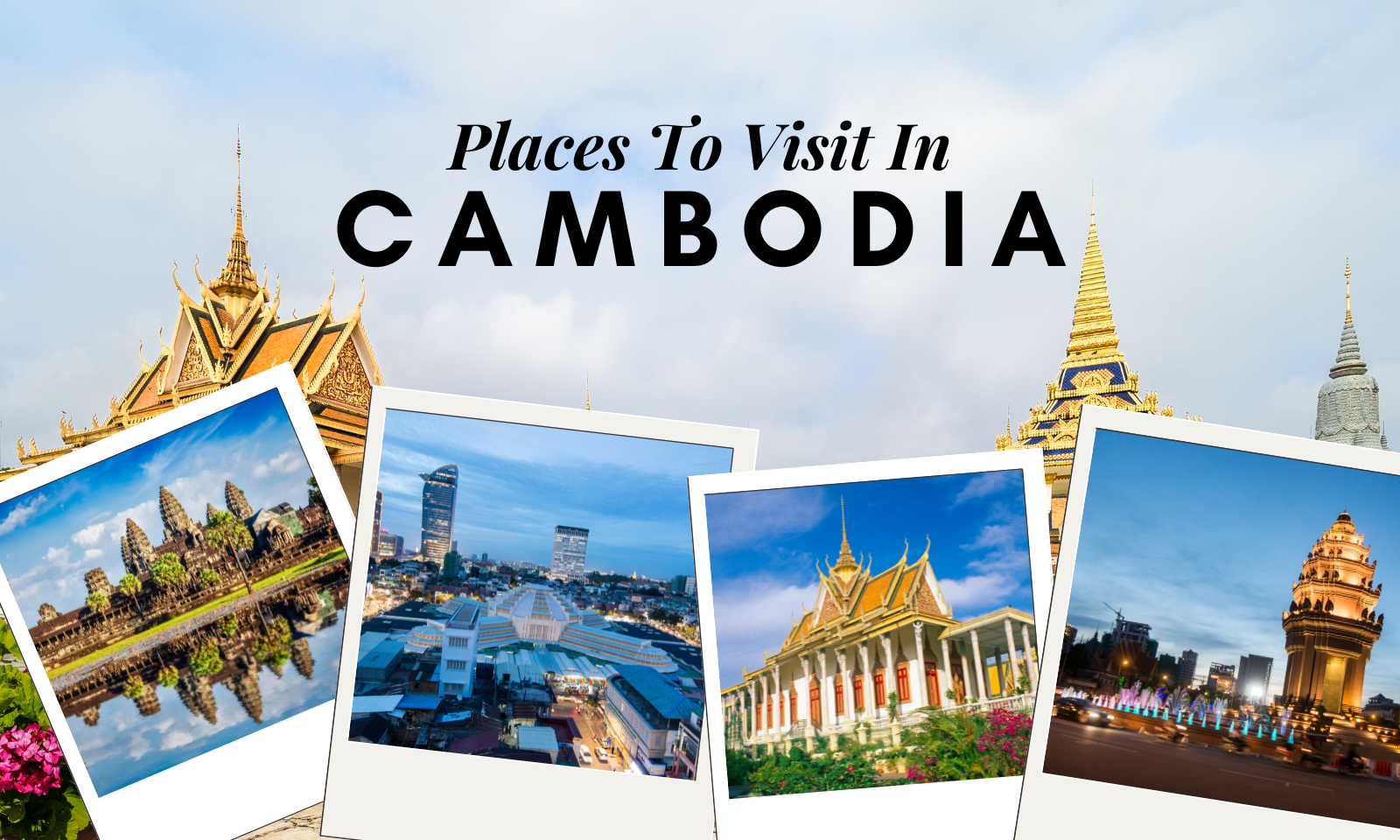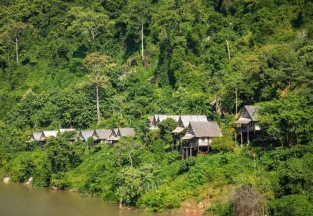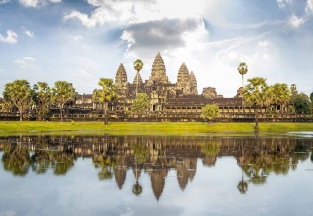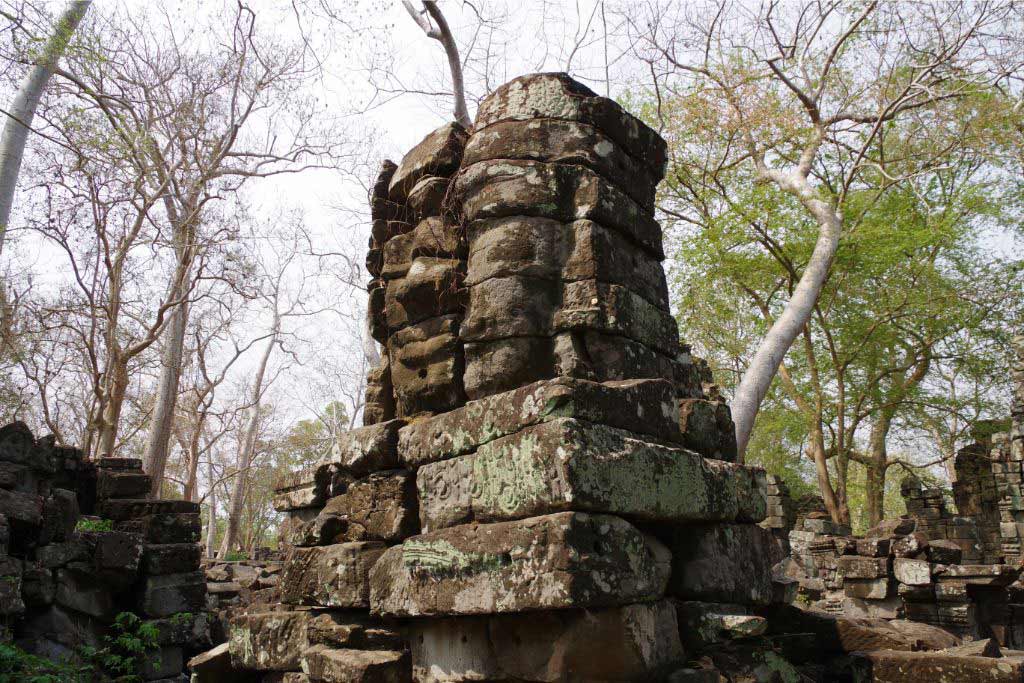
Banteay Chhmar

Banteay Chhmar: A Hidden Gem of Khmer Heritage
Nestled in the heart of Cambodia, Banteay Chhmar is one of the most captivating yet often overlooked ancient temples of the Khmer Empire. Located in the northwest part of the country, near the Thai border, this sprawling complex offers a glimpse into Cambodia’s rich history, architectural ingenuity, and cultural significance. While many tourists flock to the more famous Angkor Wat, Banteay Chhmar provides a serene alternative, steeped in mystery and surrounded by lush landscapes.
Historical Significance
Constructed in the late 12th century during the reign of King Jayavarman VII, Banteay Chhmar is believed to have served as a Buddhist monastery and a center of pilgrimage. The temple is dedicated to the deity Avalokiteshvara, representing compassion and mercy. It is part of a larger network of monuments established by Jayavarman VII, who was known for his dedication to building and expanding the Khmer Empire. The temple complex is not just a testament to religious devotion but also a symbol of the king’s political power and his desire to promote Buddhism throughout his realm.
Banteay Chhmar also holds a strategic position along the ancient trade routes that connected Cambodia with neighboring regions. This made it a vital center for commerce and cultural exchange, allowing for the influx of ideas, art, and architecture that enriched Khmer civilization. The temple complex features intricate bas-reliefs depicting scenes from the Ramayana and daily life in the ancient Khmer Empire, providing invaluable insights into the culture and beliefs of the time.
Architectural Marvel
The architectural design of Banteay Chhmar is both grand and intricate. The layout is similar to other Khmer temples, featuring a central sanctuary surrounded by a series of walls and courtyards. However, what sets Banteay Chhmar apart is its extensive use of sandstone and laterite, materials that allowed for detailed carvings and robust construction.
The temple complex spans over 1.5 square kilometers, making it one of the largest temple sites in Cambodia. The main entrance is marked by impressive gopuras (gateway structures) adorned with detailed carvings. As visitors venture deeper into the temple, they encounter a series of chambers, each revealing stories from Hindu mythology and Buddhist teachings through their remarkable bas-reliefs. The craftsmanship is a testament to the skill of Khmer artisans, who were able to create stunning works of art that have stood the test of time.
One of the most notable features of Banteay Chhmar is the “Chambre de l’Alliance,” a hall that showcases a unique blend of architectural styles. Here, the influence of both Hindu and Buddhist iconography can be observed, reflecting the spiritual syncretism that characterized the Khmer Empire during Jayavarman VII’s reign.
Nature’s Embrace
Banteay Chhmar is not just a monument of stone; it is also a testament to the resilience of nature. Over the centuries, the temple has been partially reclaimed by the surrounding jungle, creating a harmonious blend of human artistry and natural beauty. Towering trees, vines, and wildflowers intertwine with the ruins, giving the site an ethereal quality that enchants visitors.
The natural surroundings provide an additional layer of intrigue to the temple. Birdsong fills the air, and the rustle of leaves creates a soothing backdrop, enhancing the sense of tranquility that permeates the site. Exploring Banteay Chhmar feels like stepping into a time capsule, where the echoes of the past resonate through the natural world.
A Community Effort
In recent years, Banteay Chhmar has gained recognition not just for its historical and architectural significance but also for the community efforts aimed at preserving and promoting the site. Local initiatives focus on sustainable tourism, ensuring that the temple remains a living part of the community while providing economic opportunities for its residents. Guided tours are often led by locals who share their knowledge and passion for the site, fostering a deeper connection between visitors and the cultural heritage of Cambodia.
Moreover, conservation projects are underway to protect the temple from the threats of weathering and human activity. These efforts underscore the importance of preserving such sites for future generations, allowing them to experience the rich tapestry of history that Banteay Chhmar represents.
Conclusion
Banteay Chhmar stands as a silent witness to the grandeur of the Khmer Empire, embodying the artistic brilliance and spiritual depth of a civilization that once flourished in Southeast Asia. As a less-traveled alternative to Angkor Wat, it invites explorers to delve into its mysteries and marvel at its beauty without the crowds. For those seeking a deeper understanding of Cambodia’s past, Banteay Chhmar is a treasure waiting to be discovered, offering both a journey through history and a moment of reflection in nature’s embrace.
Travel Guide
Exciting trip
Cambodia Tour 10 days to delve into the rich history of the Khmer civilization and immersing yourself in Khmer culture

